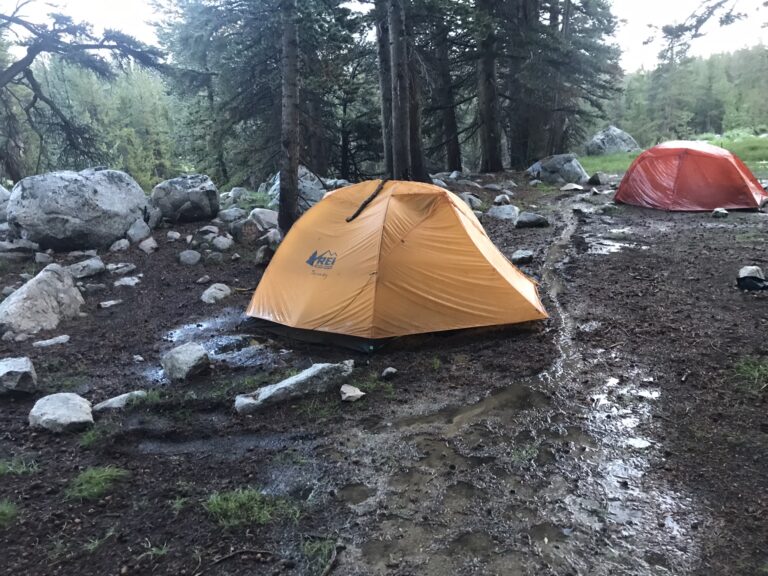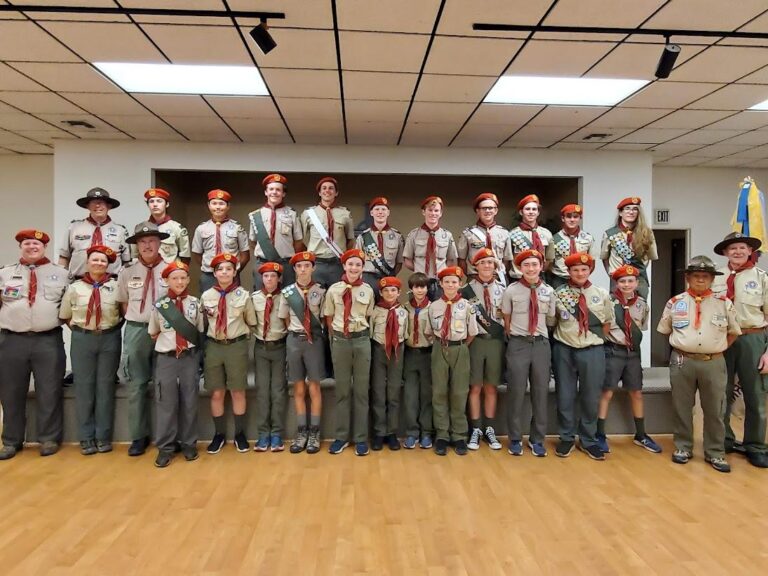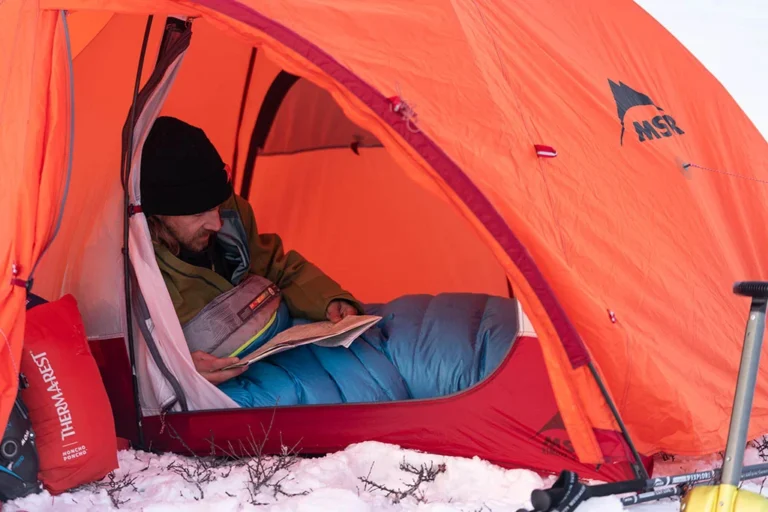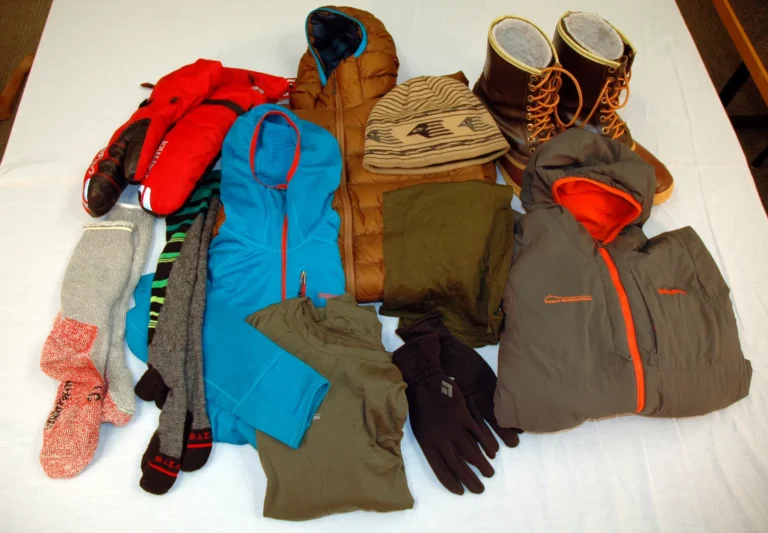Tent revivals and saving soles are all in a day’s work at a good repair shop.
The people who work in the shops will tell you that the time to fix gear is before “broken in” degenerates into “broken down.” These shops are accustomed to performing minor miracles like resurrecting backpacks chewed by bears, marmots, patching burn holes in swanky new rain jackets, taming painful hot spots in new boots, or extracting more mileage from a pair of trusty old ones.
Footwear Repair
Boot repairs can be deceptively simple and low in cost, or horrifically pricey for what appears to be a straightforward job.
For instance, repairs to lacing hardware like eyelets and speed hooks are usually a low cost cinch. However, replacing the one piece molded midsole/outer sole units found on some of the newer boot designs can be pricey because the job requires specific parts and expensive deep cavity boot presses that many shops don’t have. Contact your boot manufacturer for the repair centers it recommends for this operation.
Any sort of repair of stitching is far easier and cheaper to correct if you attend to it early. Worn or torn linings present a tougher choice. A good cobbler can inspect the damage and give you a reasonable estimate, then you’ll have to decide if your old boots are worth saving.
Broken Zippers
On packs, tents, and outerwear, the most likely component failure is a worn nylon coil zipper. Replacing sewn in zipper racks or coils probably isn’t necessary (a fairly costly repair). Because more than likely it’s the sliding pull that’s worn out.
Replacing the slider is a job you can do yourself because parts to most zippers are available at sewing shops, better outdoor stores, and gear repair centers. If you aren’t particularly handy, then rest assured that sending the gear out for this sort of repair won’t be too costly.
Torn Fabric
Rips and tears are occupational hazards with fabric gear that’s used long and hard. A professional repair shop can match the fabric almost exactly, then seam seal the job to create a weather worthy patch. A select few sewing shops also offer heat sealed seam taping, so you can root out persistent leaks and perhaps even return used rain gear to like new condition.
Any fabric repair shop will carry a selection of water repellent treatments so your rain gear can recapture the crucial ability to shed water like the proverbial duck’s back.
Blown Stitching
Unraveled stitching on packs, tents, and sleeping bags usually isn’t as horrendous a repair job as it appears. Ditto for spent shoulder strap padding and most of the myriad straps that bedeck modern gear. Experienced stitchers can save what looks like a mess, and the repairs are generally quite cost effective because they revitalize unusable equipment into perfectly good gear, all for far less than replacement cost.
Snapped Tent Poles
Assuming the tent and fly are in good shape, it’s usually worth your while to replace splintered sections or broken shock cords of old poles. Many repair shops can do custom repairs, re creating lost poles from scratch.
Sputtering Stoves
Like any mechanical device, camp stoves, no matter how simple or rugged, can go on the fritz. Parts disappear, jets get hopelessly clogged; tiny bits snap off on their way dawn the cliff face. One of the best ways to keep your stove away from the repair shop is to simply clean it regularly. But if parts go AWOL, or the stove is one big soot ball, a repair shop can order and install replacement parts and clean the whole mess professionally.
Beyond Hope
Repair technicians may be skilled craftsman but they’re not magicians. Certain repairs simply aren’t worth the effort and expense, and some damage is beyond hope. For example, replacing an entire tent floor might sound like a clever plan, but if the floor’s worn out, the rain fly is most likely sun rotted as well.
Stitching up a new rain fly sounds simple, but because of the complex shapes involved, replacement fly costs often approach the price of a new tent. Or if your favorite old boots are cracked and parched, with toes that curl up and midsoles that are warped, retire them to the gear graveyard and learn from your mistake. Treat gear well and you may not be shopping again for a long time.






